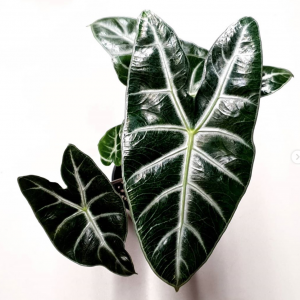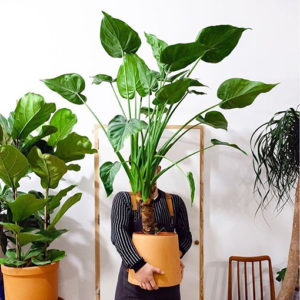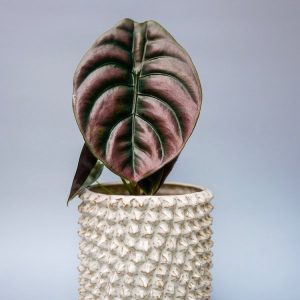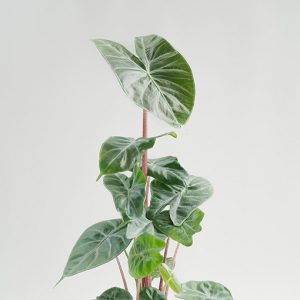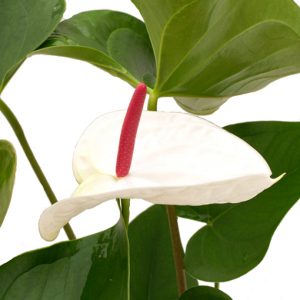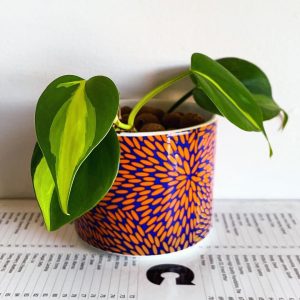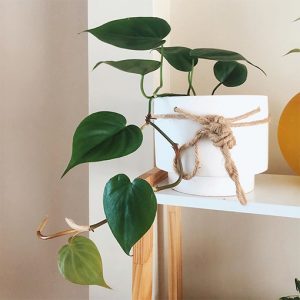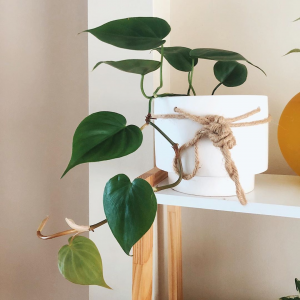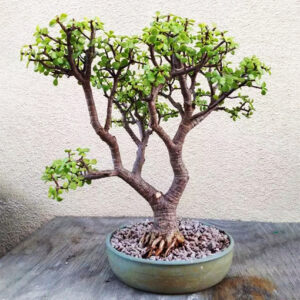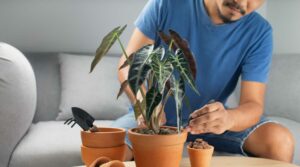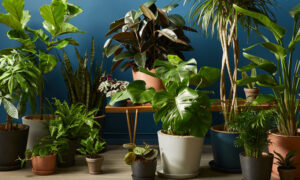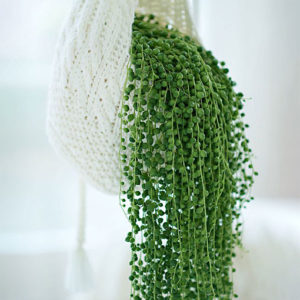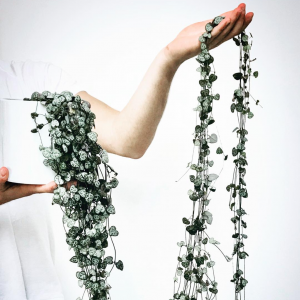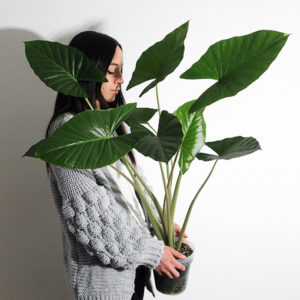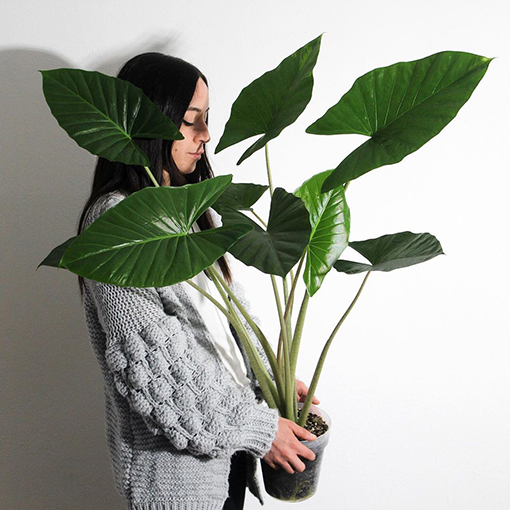
I like big leaves and I can not lie, you other brothers can’t deny, so when a Alocasia brisbanensis walks in with an itty bitty waist and a round thing in your face you get sprung! The Native Australian Elephant Ear Plant, also often known as the Alocasia Cunjevoi, really is a big leaf boss and a great option Indoors or Outdoors! 🌱 🌿
📷: @dots_n_pots_
Where to buy an Alocasia brisbanensis Plant in Australia?
Why we’re glad you asked as we do our best to have a steady supply of Alocasia Brisbanensis in stock.
Alocasia Brisbanensis Introduction
Alocasia Brisbanensis is a large, big-leafed plant native to Eastern Australia, found in rainforest ecosystems, popular for its imposing, exotic leaves and stunning foliage. The leaves of this plant are big and their lush green sets a perfect Jungle vibe that never fails to grab eyeballs. It also goes by the names Alocasia Cunjevoi or Native lily. It is popular both as a houseplant and outdoor plant.
Alocasia Brisbanensis Soil & Drainage
Soil is an important component of plant care; make sure Alocasia Brisbanensis is planted in a loose but well-draining potting medium. This will ensure proper water retention and drainage. Always choose an organically rich rooting medium for your plants to help them establish a strong root system. Try a mixture of general-purpose compost, orchid bark, peat moss and perlite.
Alocasia Brisbanensis Lighting and Position
Elephant ears need bright sunlight when grown indoors, but avoid the harsh midday sun. If you notice the leaves are looking bleached or singed, move them to a dimmer spot or add a sheer curtain. Outdoors, do well in partial shade but as a tropical plant can be vulnerable to cold or dry conditions.
Alocasia Brisbanensis Watering
Water the plant only when the topsoil is more than 50 % dry. You can check this by inserting your finger into the soil and feeling the moisture within. In general, watering once a week should be sufficient for the plant, provided there is enough humidity in the air and the temperatures are moderate. If temperatures are high and dry, you will need to water it more frequently. In the winter months the plant goes dormant, thus scaling back on the water is essential.
Alocasia Brisbanensis Humidity
As the plant is native to tropical climates, it requires high humidity levels to grow, moreover, an ideal level will be around 70%. In case you are growing the plant in a dry environment, you will need to mist the plant often to create humidity in the air around it. Misting comes with a double advantage of keeping the plant foliage dust-free thereby reducing the risk of pest infestations.
Alocasia Brisbanensis Fertiliser
Alocasia Brisbanensis is a heavy feeder and will require frequent fertiliser use, especially during the growing season. Use a liquid fertilizer such as a 20-20-20 formulation once a month to ensure the plant receives its complete nourishment.
We recommend using our Plant Food available here.
Alocasia Brisbanensis Pruning
Remove debris and dried decaying leaves that could lead to bacterial diseases and the spread of other pests. Having such vast leaves, they can be vulnerable to being torn or damaged, especially if you have recently relocated your plant. You can trim off damaged areas to maintain the plant’s aesthetic. If grown outdoors in a tropical environment, prune frequently to maintain its shape.
Alocasia Brisbanensis Toxicity for Pets
The leaf is highly toxic if ingested due to its calcium oxalate content. It is recommended to keep the plant away from pets as accidental intake of the leaf can kick off a series of reactions such as irritation in the mouth, swelling and even breathing difficulties.
Alocasia Brisbanensis Pests and Diseases
Clean the large leaves gently with a damp cloth to keep them pest and dust-free. Mealybugs, spider mites, and aphids are common pests that infect the plant. You can prevent their spread by using a soapy insecticide every few weeks. As for indoors, use a non-chemical leaf shine that will also aid in better photosynthesis.
For more information on how to manage common plant pests, head to our blog here.

